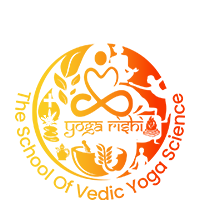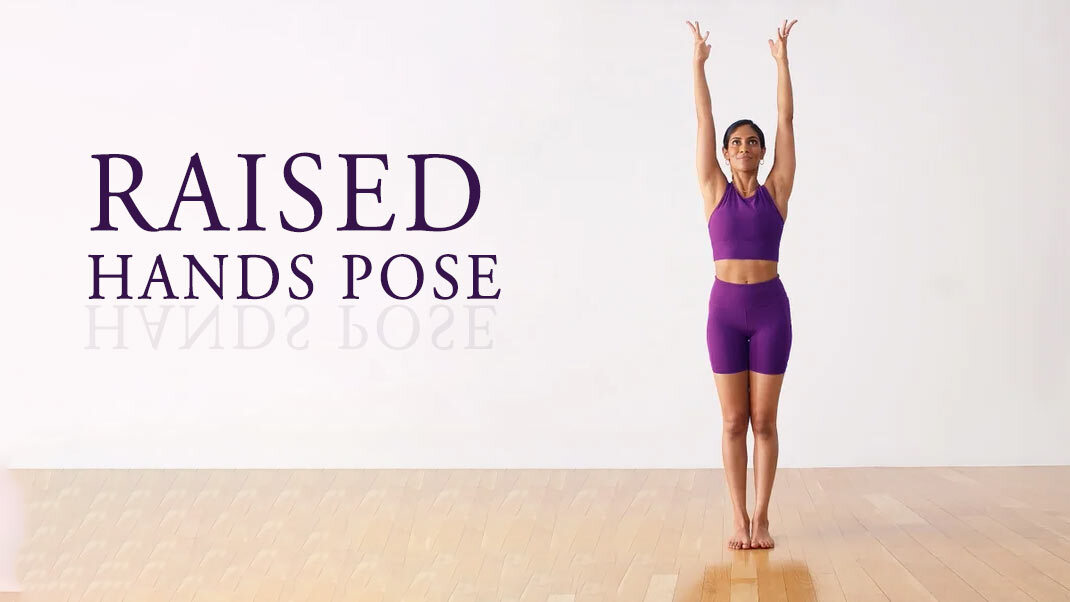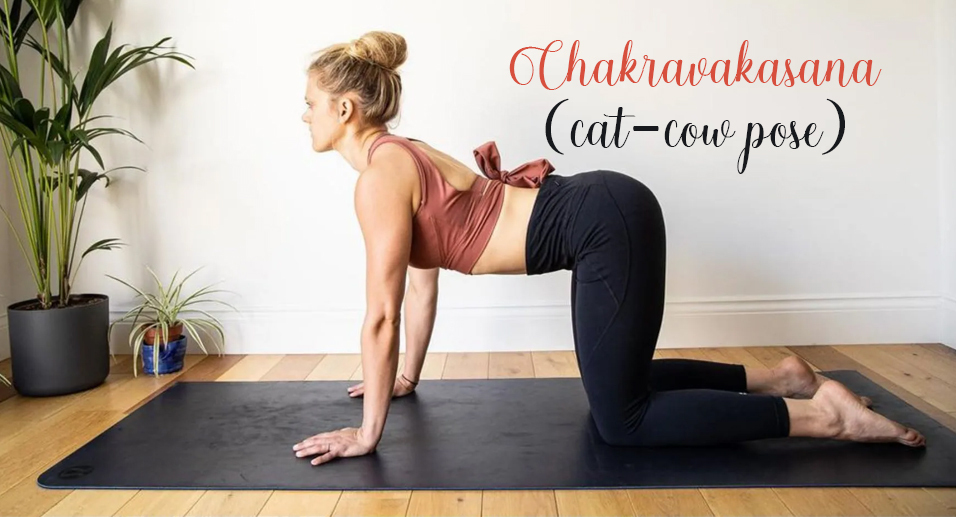
Yoga Therapy: The Path to Enhance Your Well-being
Let us Know a Bit about Yoga therapy:
Before moving further, first we should know what is yoga therapy. Well, it integrates conventional yogic ideas with cutting-edge therapeutic methods to provide a comprehensive approach to health and wellbeing. It entails using numerous yoga practices, such as asanas, breathing techniques, meditation, etc., customized to meet each person’s demands and medical issues.
In contrast to conventional courses, where the emphasis may be on flexibility and physical fitness, the therapy is especially created to treat issues with mental, emotional, and physical well-being. The therapist will evaluate your specific requirements and objectives and design a practice specifically for you in order to encourage relaxation, reduce stress, handle pain, increase mobility, and boost general vitality.
It strives to foster awareness of oneself, inner harmony, and a deeper relationship between the body, mind, and soul by merging the knowledge of yoga with therapeutic techniques. Additionally, it may be utilized for the treatment of a number of ailments such persistent pain, anxiety, depressive disorders, and elevated blood pressure.
Yoga vs Yoga Therapy:
Yoga is a mental and physical discipline that uses bodily postures, breathing techniques, and meditation to enhance one’s physical and mental well-being. Therapy is a variation of yoga. There are, however, some significant distinctions between the two.
Yoga is a generic term for a multitude of Indian-originated practices. It can be done for a number of purposes, including as stress reduction, spiritual awakening, or physical fitness. In its normal session, a series of poses, breathing techniques, and meditation are practiced.
On the contrary, yoga therapy is a particular type of yoga that is employed in the management or treatment of a certain medical problem. The therapists are skilled in identifying their patients’ unique requirements and developing a personalised practice to meet those demands. Many different illnesses, including persistent discomfort, anxiousness, depression, and high blood pressure, can be treated with it.
Techniques used for Yoga Therapy:
The entire treatment uses a variety of methods and exercises that are customized to the patient’s particular requirements and medical issues. Following are a few typical methods employed in yoga therapy:
- Amended and relaxing poses that boost endurance, mobility, and body awareness.
- Exercises for breathing that promote and manage breathing help relax the nervous system, lessen stress, and increase oxygenation.
- Individuals may build mental focus, lessen anxiety, and foster a healthy emotions with the use of meditation for mindfulness and centered attention techniques.
- Various techniques for profound relaxation, tension reduction, and better mental health.
- Mindful consciousness to promote self-awareness, reduce negative patterns of thought, and motivate people to be completely present in their current situation.
- Using guided imagery and visualization methods can help you feel better, manage stress, and speed up the recovery process.
- Chanting along with mantras produce a soothing impact on the brain, which can encourage calmness and ability to concentrate.
- Examining yogic ethics, morals, and philosophical ideas to provide people a stronger sense of direction, inner peace of mind, and a foundation for personal development.
- By applying essential oils, aromatherapy helps to improve the therapeutic effect through promoting calmness, improving mood, and reducing tension.
- Affective regulation methods that assist people control their feelings, such as emotion-focused activities or methods from mindfulness-based strategies.
- Reflective exercises, self-examination, and writing to promote self-discovery and self-exploration that result in improved understanding of oneself.
- Suggestions on adopting healthy living practices to improve general wellbeing, including tips on eating, sleep, and everyday habits.
- Soft hands-on modifications to assist individuals correspond their bodies properly in positions, offering physical assistance and enabling a more profound connection to the routine.
- To encourage mental calmness and decreased stress, gradual relaxation involves progressively tensing and releasing different muscle groups.
How the Session is Conducted?
The format of the session may change depending on the therapist’s methodology, the patient’s health, and the session’s objectives. An example of what is yoga therapy session and how it may go would be as follows:
- Initial Consultation: The therapist will inquire about the patient’s medical background, objectives, and requirements as well as physical and mental health.
- Assessment: The therapist will look at the individual’s strength, flexibility, and posture. They will evaluate the client’s capacity for relaxation and deep breathing as well.
- Personalized Yoga Practice: The therapist will create an individualized routine for the patient, in accordance with their particular requirements and targets.
- Guided Practice: The therapist will lead the patient throughout the practice, offering encouragement and moral support.
- Relaxation and Introspection: The session will be concluded with an opportunity of calmness and assessment.
The demands and objectives of the person will determine the duration of the session. The majority of sessions, however, run between sixty and ninety minutes.
Following sessions are based upon the advancements that have been made and keep enhancing the methods and strategies employed as the needs of the person change.
Benefits of Yoga Therapy:
Some of the key benefits of yoga therapy include:
- To increase mobility, power, and total endurance via the use of particular asanas, motions, and breathwork in order to relieve pain in the body, and uneasiness.
- To assist people in managing and reducing stress. The central nervous system may be calmed, stress hormones can be lowered, and psychological resilience can be increased by using breathing exercises, meditation, and methods of relaxation.
- By using self-awareness approaches and mindfulness practices, to promote peace of mind and steadiness.
- To enhance mental concentration, clarity, cognitive performance, Improved decision-making, problem-solving, and mental health.
- To strengthen the ability to move and stretch for those with physical constraints or disabilities through focused asanas and moderate movements, assisting people recover their functional range of motion.
- By demonstrating relaxation methods, encouraging improved body awareness, and easing muscular tension, those can be helped who are suffering from chronic pain disorders by lessening their pain sensations.
- To inspire people to develop self-awareness by facilitating a closer relationship with their bodies, minds, and emotions. This improved self-awareness can result in constructive behavioral adjustments and personal development.
- Utilized as a supplement to standard medical care for a range of medical illnesses, including heart problems, respiratory problems, autoimmune conditions, and mental health problems. It is specifically designed to meet each person’s distinct demands.
- To promote the implementation of better lifestyle practices that contribute to long-term wellbeing, such as stress management, increased sleep, eating with intention, and regular physical activity.
Yoga Therapy Courses:
There are a number of reputed yoga therapy courses that offer thorough training in the subject area. These programs are intended to provide students the information and abilities required to function as licensed therapists. Yoga Therapy in Trauma and Resilience, Yoga for Mental Health Professional Training, Yoga Medicine, and Rising Yoga Therapy by Phoenix are a few examples of some well-known courses and programs.
Investigate the course’s curriculum, instructors, approval, and whether it fits with your objectives and interests before deciding whether to enroll in a yoga therapy course. You may pick an accredited school that offers top-notch education and training in the field by making sure that the course satisfies the requirements established by recognized organizations like the IAYT (International Association of Yoga Therapists).
Conclusion:
It can be a useful supplemental therapy but it cannot take the place of medical care. You should first discuss yoga therapy with your doctor if you’re thinking about it.








